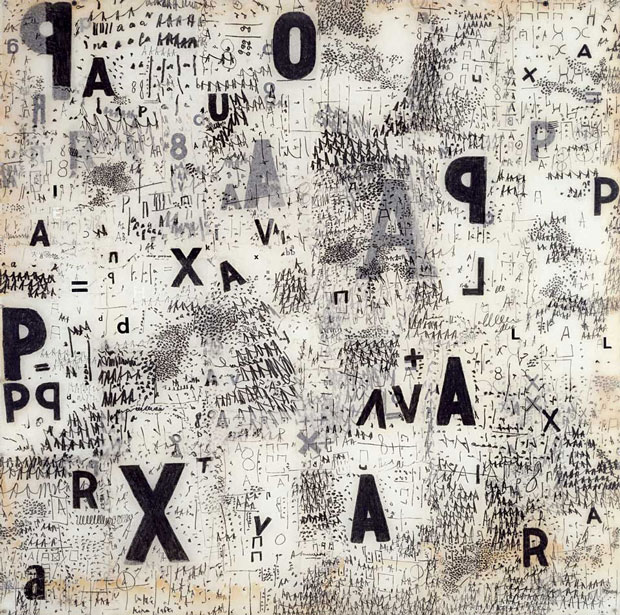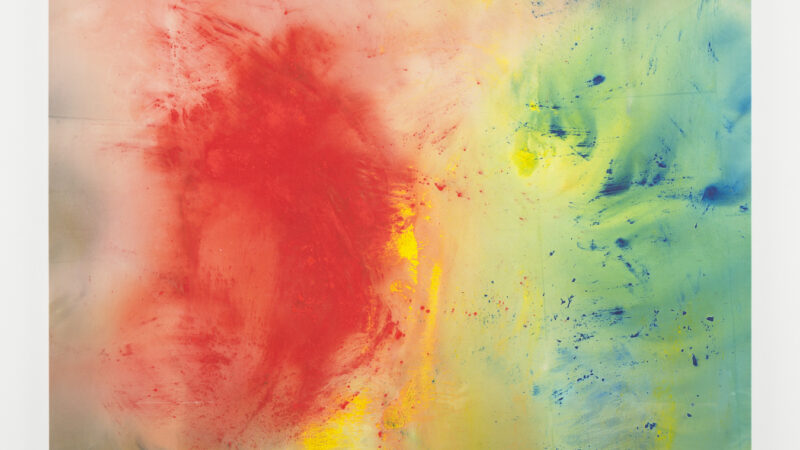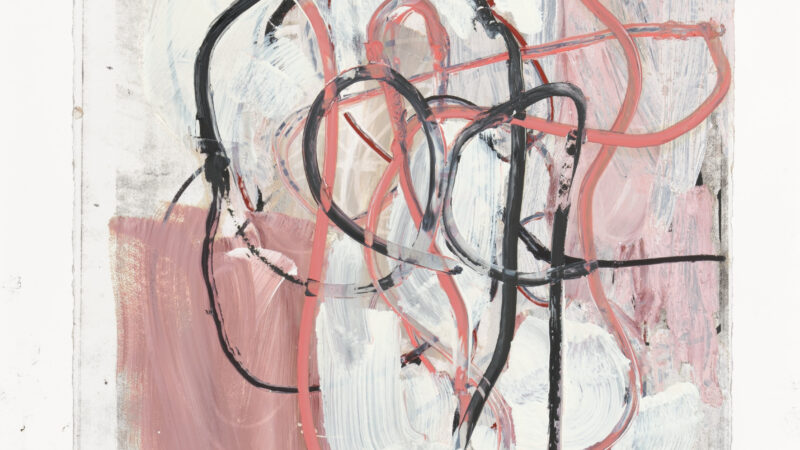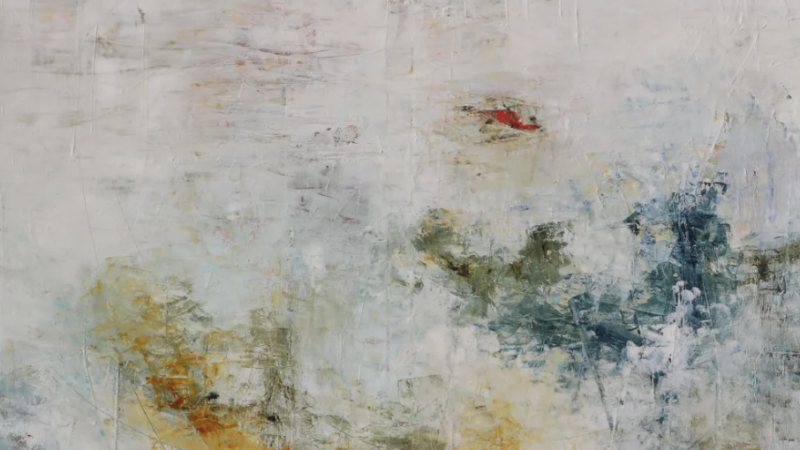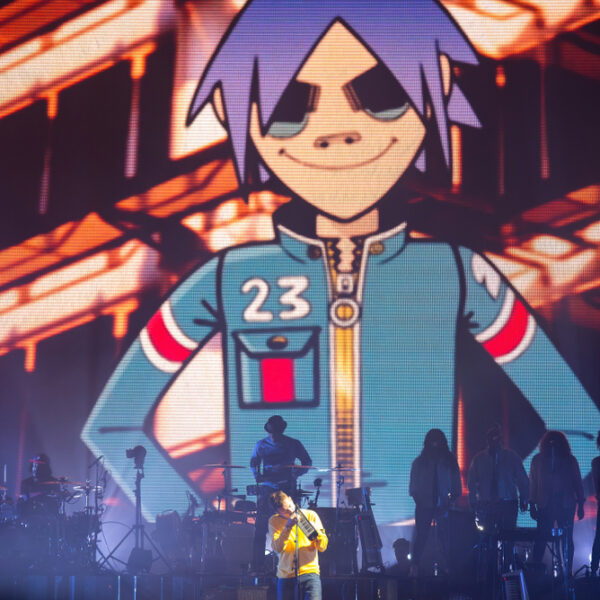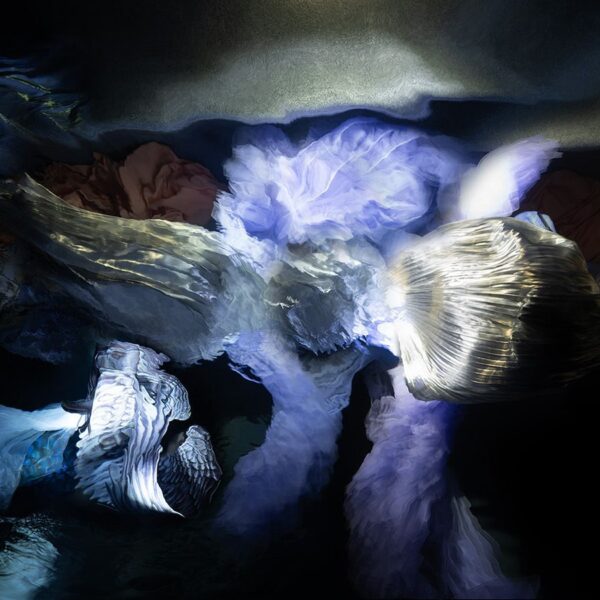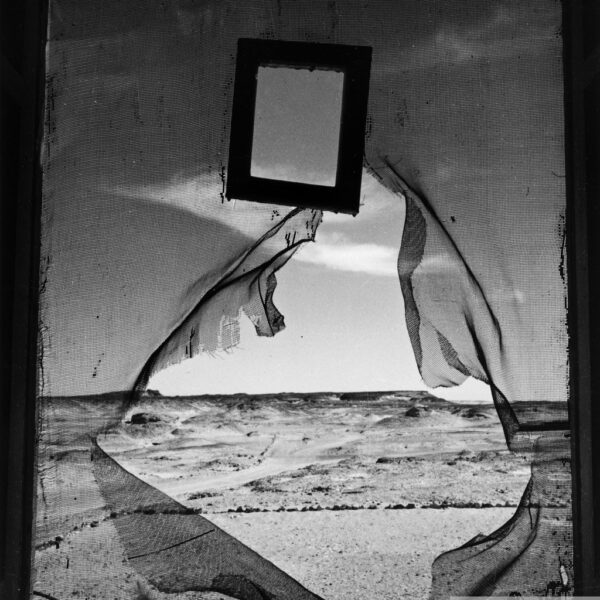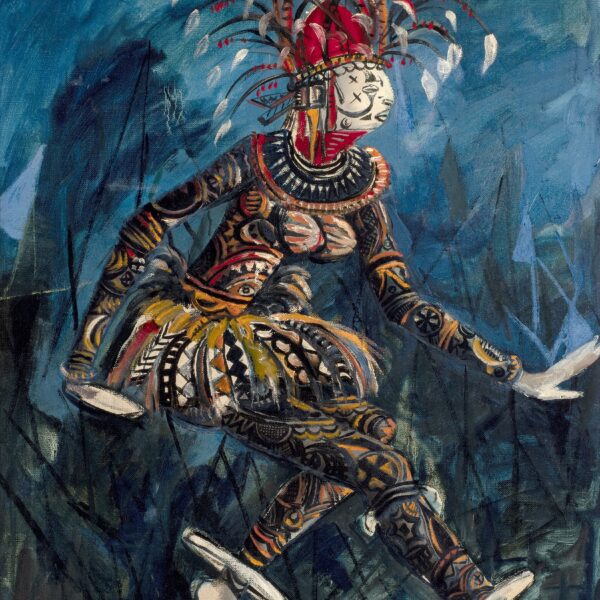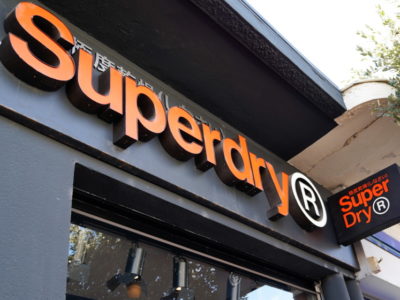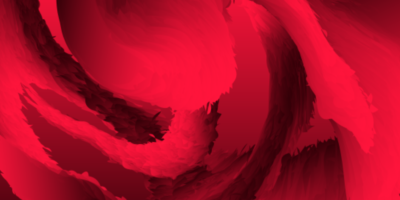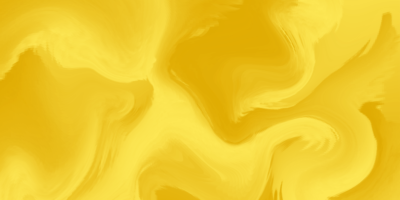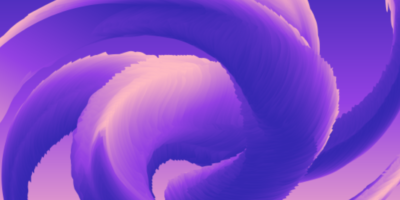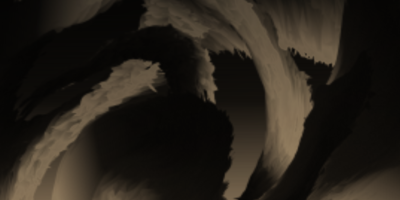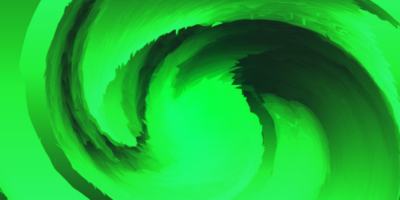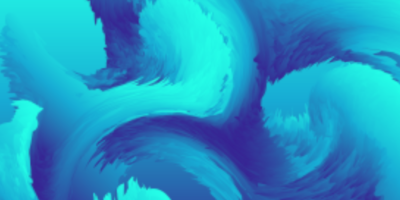Review: Mira Schendel
Born in Zurich in 1919, Mira Schendel moved to Italy as a small girl. Faced with the threat of anti-Semitic persecution in 1936, she left her studies in philosophy and fled into exile. At the end of World War II, Schendel left Europe for Brazil, and in the 1960s began moulding her philosophical interests into tangible artworks, creating ceramics, paintings, and works on paper.
Highly sensitive to the ethics of art-making, Schendel approached art as the most radical possible expression of the human condition. Abstract, knotted sculptures, complex works of accumulated signs, symbols, typographic gestures, and a variety of forms and materials were all integral, defining elements of Schendel’s experimental art that she continued to develop until her death in 1988.
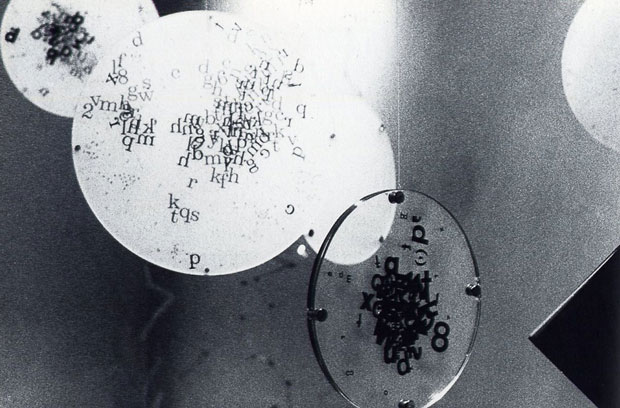
‘Untitled (Disks)’ 1972
Lent by the American Fund for the Tate Gallery 2007 The estate of Mira Schendel
Tate Modern’s latest exhibition is the first international, full-scale survey of one of Latin America’s most important post-war artists, reinforcing the Tate’s desire to re-present the history of modern and contemporary art beyond Europe and the USA. Over 270 paintings, drawings and sculptures from across Schendel’s career have been brought together, including some of her most emblematic works.
In North America and Europe, the 60s saw the emergence of Conceptualism, an art form in which “the idea or concept is the most important aspect of the work”. If, like me, all the ‘…ism’s of the art world are mind-boggling, Schendel’s work centres around ‘ideas’ and ‘concepts’ rather than simply ‘items’. However, her concern with language and objects in the sense of their visual appearance remained important, resulting in a new wave of artists who began pushing the limits of concept and expression, both individually and together.
Schendel’s works convey language as a movement of the hand, a reactive fluidity of thought, irreplaceable in itself and of what it describes. In many ways, they act as an exploration or attempt at resolution for the linguistic and cultural displacement she experienced in her life, whilst incorporating her interests in religion and philosophy.
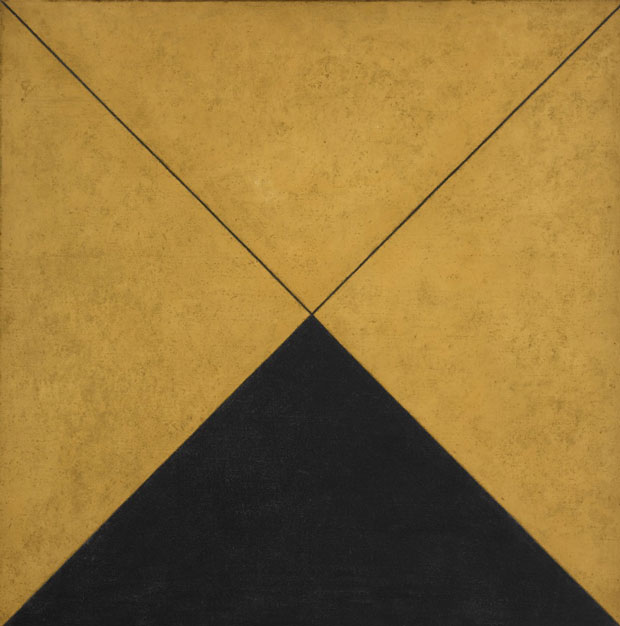
Untitled 1962, The Museum of Fine Arts, Houston; The Adolpho Leirner Collection of Brazilian Constructive Art, museum purchase
The estate of Mira Schendel
The artistic gestures act as a geometric reflection of the frantic nature of thought processes and confusion of feelings, as a plundering of ideas and concepts are depicted in a physical circumstance. Names, words, definitions, questions, are all displayed in confusion showing both the clarity of language and the barrier between the thought and the spoken. Abstract shapes – textual, deformed, alphabetic, architectural – all convey the importance of the graphic texture, treating language like a physical body, connecting and disconnecting in delicate gestures.
Even when some works are barely legible, what remains clear is the word itself – writing as an act of drawing, where the letters themselves are the pictures. They become about more than language – the words themselves stand testament to the human voice, representing enunciation and its relation to its own source – the idea. Complexities of language, the translation between idea, thought, and feeling and the verbal expression, words charged with meaning. Opaque texts, wounded, fragmented, obsessive, abandoned, solitary, and clustered to create a sense of delirium but also of comfort in the familiarity of the subject.
Other important works in the show include Schendel’s early abstract paintings, including ‘Untitled’ 1963, and the installations ‘Still Waves of Probability’ 1969 and ‘Variants’ 1977. Schendel’s final complete series of works, abstract paintings entitled ‘Sarrafos (Battens)’ 1987, are also included. The Sarrafos are white monochromes with a black batten extending from their surface, addressing the body, space and environment of the spectator.
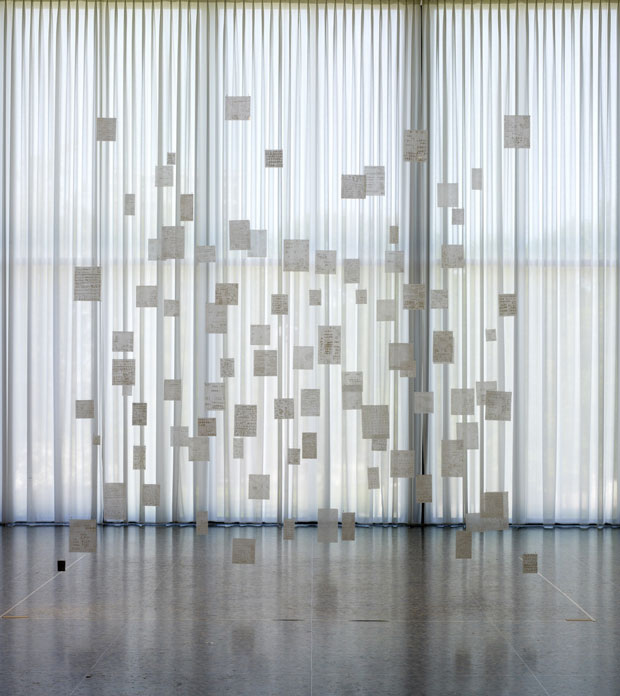
‘Variants’ 1977
The Museum of Fine Arts, Houston; The Adolpho Leirner Collection of Brazilian Constructive Art
The estate of Mira Schendel
Throughout her career, Schendel moulded a poetical, artistic ethic through sculpture, installation, and word that restored letter to voice, voice to breath, breath to body, body to gesture, gesture to life.


